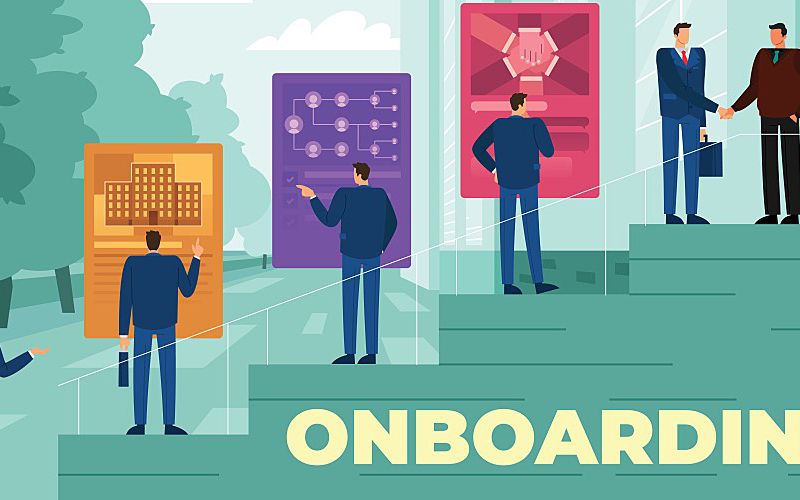Creating Effective Onboarding and Training Guides for Your New Employees


Onboarding new employees at your water lab may seem like a straightforward process. You need to introduce the new hire, review your lab's workflow and physical plant, and lay out the role's responsibilities, among other tasks. But numerous studies have shown that thorough training programs have a significant impact on an employee's long-term success at a company.
Conversely, failure to develop an effective program can leave employees dissatisfied with their jobs and, consequently, performing beneath their full potential.
For example, a 2019 poll by Gallup found that only 12% of employees believed their organizations did a great job with training. Employees cited that programs were too short or didn't adequately convey the organization's culture. The result: Employees were skeptical about their long-term prospects with the company.
To both engage and retain new hires, here's how to create an onboarding and training guide that will ensure success in your lab.
Create a Structured Onboarding Program
To fully integrate a new hire into your lab's working environment, some programs can last as long as a year. But whether your training lasts a year or only two days, this will provide an employee with the tools, resources, and organizational information they'll need to flourish in a new working environment.
A clear and well-structured onboarding process expedites the learning experience, resulting in employees who will become useful to the company more quickly. As the lab manager, you have an essential role in designing and implementing onboarding programs. Your guides will likely be online resources and your own self-developed manuals. These will serve for general reference or specific training purposes.
Design a Comprehensive Manual
The manual you create should Include:
- A welcome letter. The lab leader can articulate expectations prior to incorporating new members into the group.
- A brief history of the lab and its growth.
- The company's mission statement and core organizational values.
- A list of safety instructions in the event of an emergency. Include a map of the facility that identifies alarms, emergency equipment, fire extinguishers, spill kit, eyewash stations, and emergency contact information.
- Lab-specific guidelines. Lay out procedures for reporting injuries and requesting special equipment.
- Human resource guidelines. Explain payroll and benefits information as well as guidelines on dress code, operating hours, and your organization's holiday calendar.
- A statement of guiding ethics.
Other key initiatives you can include are your anti-harassment or fair lending initiatives. You will also need to describe lab safety measures such as locking doors, the location of protective gear, and best practices for handling hazardous materials. You'll cover these and other related details in on-site training sessions, but this information should also be easily accessible in case of an emergency.
Offer Continuous Training
In addition to trainings for new hires, ongoing education programs for veteran employees help keep your staff up to date. These can overlap with programs essential for new employees, creating company-wide trainings that ensure your entire staff has the same understanding of existing and new best practices.
Partners can also play supporting roles in training. The IDEXX Water Academy provides expert online training for lab managers, technicians, and other water professionals to stay on top of the latest developments in test methods and best practices. The academy also has an extensive reference and regulatory document library to help inform your staff of changes in compliance and regulatory standards.
Similarly, it can be useful to incorporate outside trainings into your onboarding process, such as those offered by the Environmental Protection Agency or the Water Quality Association.
An Evolving Process
As you develop a training program for new employees, anticipate making frequent updates. Water testing technologies, processes, and regulations change on a regular basis. As a lab manager, you must keep aware of changes and anticipate their impact on your business, including on your staff's level of proficiency. Technical and regulatory elements of your manual must always be timely and relevant. Only you can determine how frequently updates are necessary, based on your lab's specific needs and goals.
Safety and logistical details tend to remain more constant, however. These fundamental guidelines can usually live in your manual without needing updating as often.
Thorough employee training is a time investment. It's most likely to succeed if both you and your employees are equipped with information and knowledge to develop skills and on-the-job experience.






